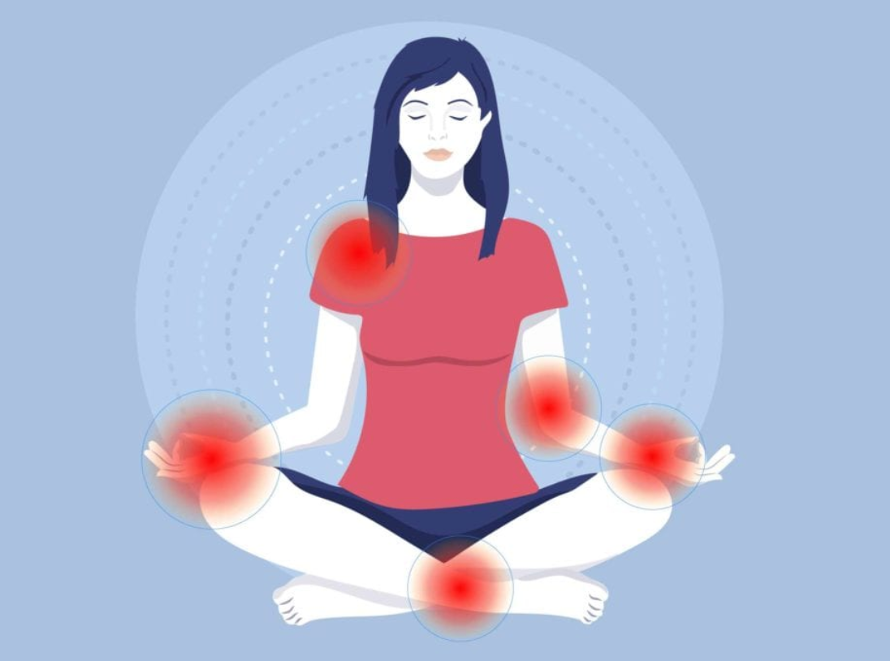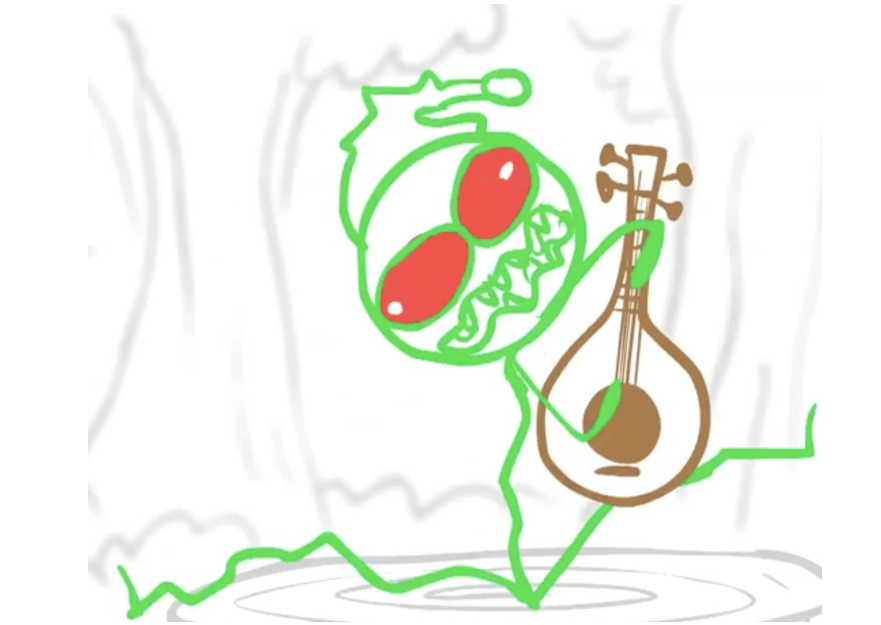Parasomnias are undesirable experiences that occur during the transition from wakefulness to sleep, during sleep, or upon awakening from sleep. A parasomnia can result from an unstable state of consciousness in which certain areas of the brain are asleep and others are awake. There are two types of parasomnias: those that occur during the non-rapid eye movement (NREM) phases of sleep and those that occur during the rapid eye movement (REM) phase of sleep. (Cai & Price, 2021). In this article, the focus is specifically directed toward NREM parasomnias in children.
Sleepwalking is a common NREM parasomnia in childhood that usually disappears in adolescence but may persist or reappear again in adulthood (Petit et al., 2015). In the third edition of the International Classification of Sleep Disorders, sleepwalking is defined as a complex behavior that is usually triggered during partial arousal from slow-wave sleep (American Academy of Sleep Medicine [AASM], 2014). During sleepwalking, the individual barely responds to questions, may perform inappropriate complex activities such as climbing out of a window, and shows amnesia and confusion after waking up (AASM, 2014; Cai & Price, 2021). Sleep terror is an early childhood NREM parasomnia and consists also of partial arousal from slow-wave sleep, often accompanied by a cry or a continuous scream, accompanied by manifestations of intense fear in the behavioral and autonomic nervous system (AASM, 2014). For most children, these sleep disturbances are relatively harmless but, in some cases, there is a high risk of injury, not to mention the disruption of the parent’s sleep (Petit et al., 2015).
These two parasomnias have many features in common, including a relative insensitivity to external stimuli during sleep and mental confusion after waking up (AASM, 2014). Both types of episodes occur mainly during slow-wave sleep and their onset is prompted by the same factors, including fever or high temperature (Larsen, Dooley, & Gordon, 2004), medication (Pressman, 2007), sleep deprivation (Zadra, Pilon, & Montplaisir, 2008), noise (Pilon, Montplaisir, & Zadra, 2008) and sleep-related respiratory events (Guilleminault, Palombini, Pelayo, & Chervin, 2003). Treatment is also the same for both disorders, with scheduled waking recommended for children (Petit et al., 2015).
There is an assumption that these parasomnias represent different phenotypic expressions of the same underlying disorder rather than different pathologies (Petit et al., 2015). A convincing argument for this view is the common occurrence of these parasomnias within families. In a small sample it was shown that 96% of people with sleep terrors and about 80% of sleepwalkers have at least one family member affected by sleep terrors, sleepwalking or both (Kales et al., 1980).
Bibliography :
- American Academy of Sleep Medicine. (2014). International classification of sleep disorders (3rd ed.). Darien, IL: American Academy of Sleep Medicine.
- Cai, A., & Price, R. S. (2021). 80 – Parasomnias. In B. L. Cucchiara & R. S. Price (Eds.), Decision-Making in Adult Neurology (pp. 164-165). Elsevier.
- Guilleminault, C., Palombini, L., Pelayo, R., & Chervin, R. D. (2003). Sleepwalking and sleep terrors in prepubertal children: what triggers them? Pediatrics, 111(1), e17-25. doi:10.1542/peds.111.1.e17
- Kales, A., Soldatos, C. R., Bixler, E. O., Ladda, R. L., Charney, D. S., Weber, G., & Schweitzer, P. K. (1980). Hereditary factors in sleepwalking and night terrors. The British Journal of Psychiatry: The Journal of Mental Science, 137, 111–118. doi:10.1192/bjp.137.2.111
- Larsen, C. H., Dooley, J., & Gordon, K. (2004). Fever-associated confusional arousal. European Journal of Pediatrics, 163(11), 696–697. doi:10.1007/s00431-004-1531-9
- Petit, D., Pennestri, M.-H., Paquet, J., Desautels, A., Zadra, A., Vitaro, F., … Montplaisir, J. (2015). Childhood Sleepwalking and Sleep Terrors: A Longitudinal Study of Prevalence and Familial Aggregation. JAMA Pediatrics, 169(7), 653–658. doi:10.1001/jamapediatrics.2015.127
- Pilon, M., Montplaisir, J., & Zadra, A. (2008). Precipitating factors of somnambulism: impact of sleep deprivation and forced arousals. Neurology, 70(24), 2284–2290. doi:10.1212/01.wnl.0000304082.49839.86
- Pressman, M. R. (2007). Factors that predispose, prime and precipitate NREM parasomnias in adults: clinical and forensic implications. Sleep Medicine Reviews, 11(1), 5–30; discussion 31-33. doi:10.1016/j.smrv.2006.06.003
- Zadra, A., Pilon, M., & Montplaisir, J. (2008). Polysomnographic diagnosis of sleepwalking: effects of sleep deprivation. Annals of Neurology, 63(4), 513–519. doi:10.1002/ana.21339
Author : Alexander Ariu









